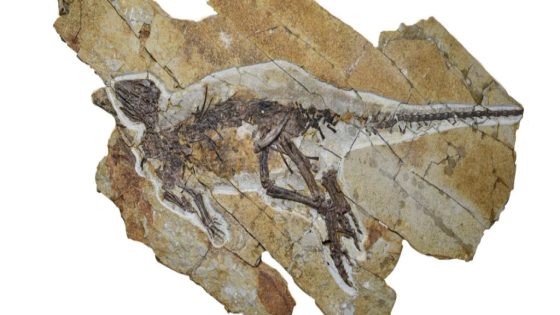New research reveals that dinosaurs likely didn’t roar as depicted in films, but instead chirped like birds. This insight comes from a remarkable fossil, discovered by a team from the Chinese Academy of Sciences, dated 2025-07-26 02:01:00.
- Dinosaurs likely chirped, not roared.
- New species discovered in northeastern China.
- Fossil includes intact larynx structures.
- Pulaosaurus named after a mythical dragon.
- Fossilized larynxes are extremely rare.
- Further research needed on dinosaur vocalization.
The fossil, an almost-complete skeleton of a newly identified dinosaur species, provides unprecedented details about its vocal anatomy. Named Pulaosaurus, this two-legged herbivore measures 72 centimeters (2.4 feet) long and showcases structures in its larynx that resemble those of modern birds.
This discovery raises intriguing questions about dinosaur communication. Could many dinosaurs have shared similar vocal traits? The rarity of fossilized larynxes suggests that understanding dinosaur sounds remains a challenge.
- Pulaosaurus is only the second dinosaur with a well-preserved larynx.
- Similar laryngeal structures in unrelated dinosaurs hint at widespread vocal capabilities.
- Further research may uncover more about dinosaur communication methods.
As researchers continue to uncover more fossils, we may soon gain deeper insights into the sounds of the ancient world. The quest to decode dinosaur communication is just beginning.

































